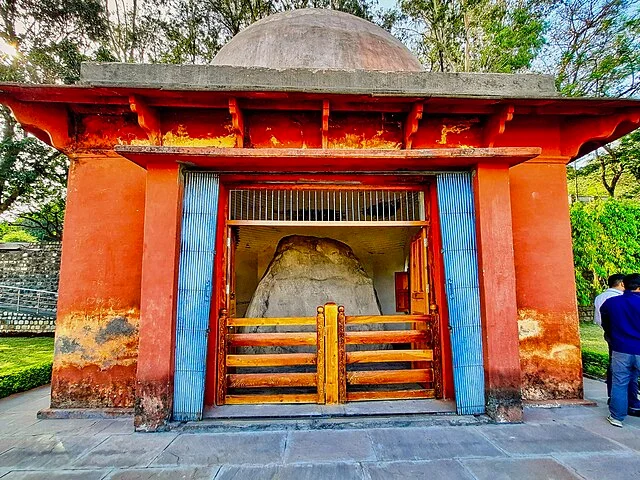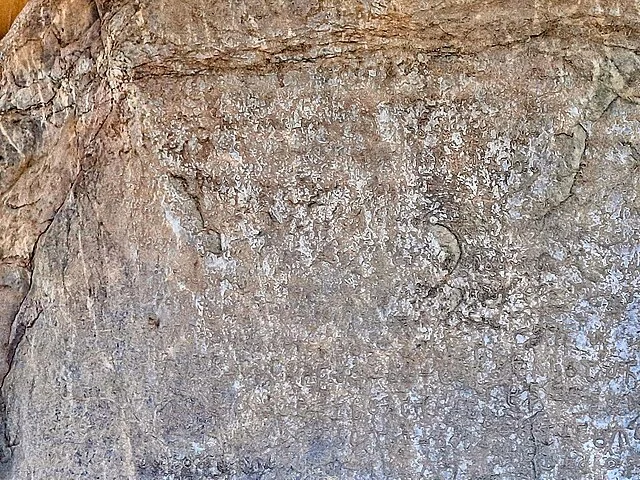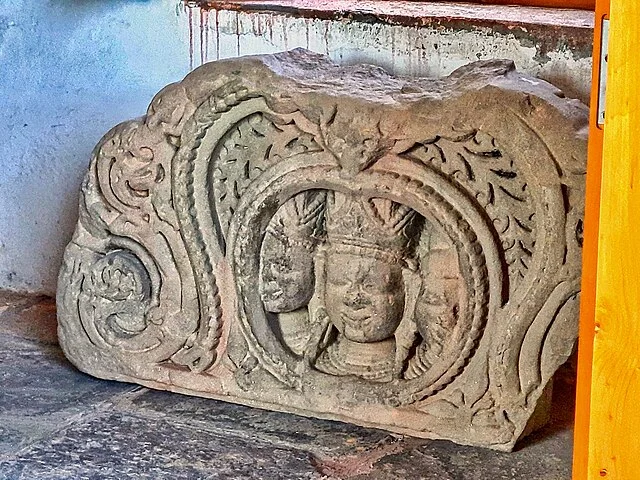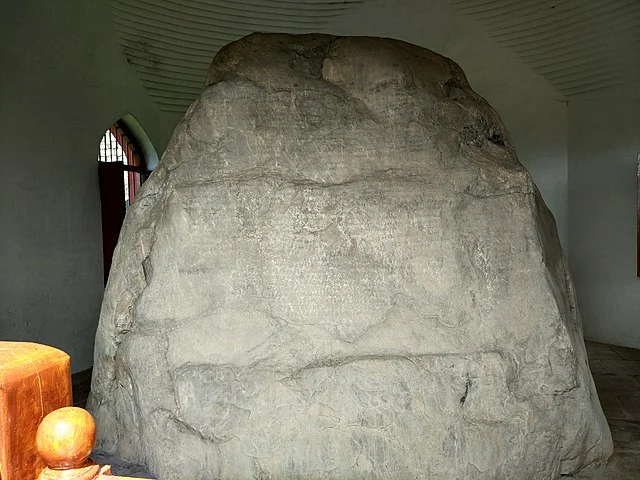The Rock Edicts of Khalsi are a significant part of ancient Indian history. These inscriptions date to the 3rd century BC and are attributed to Emperor Ashoka of the Mauryan Empire. Ashoka’s reign (c. 268–232 BC) marked a turning point in Indian history, as he embraced Buddhism and spread its principles across his empire.
Get your dose of History via Email
Historical Context

Ashoka issued the Rock Edicts after his conversion to Buddhism, influenced by the horrors of the Kalinga War in 261 BC. The edicts represent his efforts to promote dharma (moral law) and non-violence. Khalsi, located in modern-day Uttarakhand, is one of several sites where Ashoka’s edicts were inscribed.
Content of the Edicts

The Rock Edicts of Khalsi include 14 major edicts. These edicts describe Ashoka’s policies, focusing on compassion, ethical governance, and the welfare of his people. The inscriptions provide evidence of Ashoka’s commitment to social and moral reforms, including:
- Prohibiting animal sacrifices
- Promoting religious tolerance
- Encouraging respect for elders and teachers
- Advocating for non-violence
The edicts emphasize practical governance and moral behavior, showing Ashoka’s dedication to ethical principles.
Importance of the Khalsi Site

Khalsi holds unique significance because it is the only known Ashokan inscription in the northwestern part of India. The site’s strategic location on the trade routes further highlights the importance of spreading Ashoka’s message across a broad geographical area. The Khalsi edict is written in the Prakrit language and uses the Brahmi script, which was commonly used for Ashoka’s inscriptions.
Conclusion
The Rock Edicts of Khalsi provide valuable insights into Ashoka’s transformation as a ruler and his efforts to govern through moral principles. They reflect a shift from conquest to welfare, making them essential for understanding ancient Indian governance.
Source:

